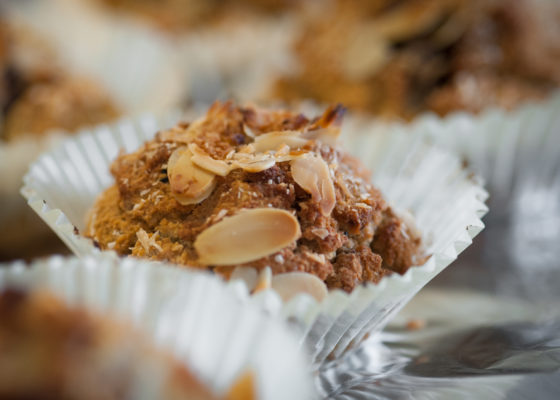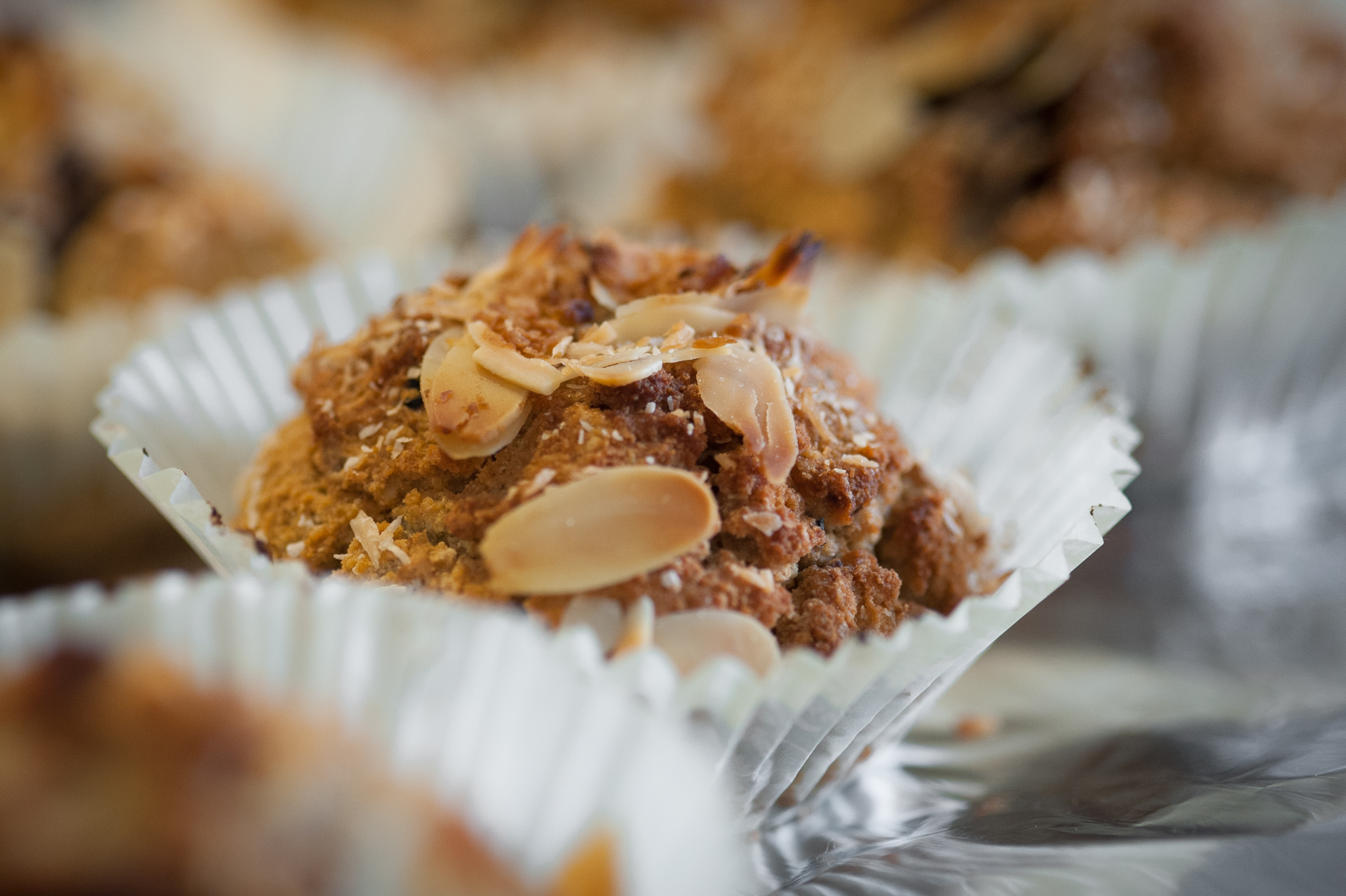Plant-based diets are all the rave lately.
Vegan-friendly restaurants are popping up all over the place, but there are more options for the health-minded masses.
The paleo diet is more plant-based than many others, while still supporting the intake of limited amounts of animal protein.
The guidelines of paleo are to remove processed sugar, soy, wheat, grain, dairy, legumes, alcohol and processed foods from your diet.
It’s pretty simple. Eat real food.

A common argument against paleo is that factory farm animals are fed too much grain, pumped full of hormones and not humanely cared for. What’s often overlooked is the fact that a large portion of paleo enthusiasts pursue the opposite of all these things.
As a practitioner of the paleo diet for nearly two years, I can tell you that I am healthier now than I’ve ever been.
I purchase only grass-fed red meats, hormone and antibiotic free poultry and organic, non-GMO, seasonal produce. In addition, I support companies that provide humane living conditions for animals.
Those items are the foundation of my diet, but the largest impact of my commitment has been the removal of nearly all processed food items from my daily life. I don’t regularly consume the copious amounts of chemicals, hormones or genetically modified ingredients found in processed foods.
Another argument against the paleo diet is that we should not consume as much meat as the paleo lifestyle promotes. I eat vegetables with every meal and sometimes those meals don’t include meat at all. The majority of my meals are more plant-based than many of the self-proclaimed plant-based and vegan recipes found online.
The base of nearly all plant-based and vegan meals include processed grain, legumes or pasta. Generally speaking, pastas and grains have minimal nutritional value and are accompanied by a large caloric value.
It’s a myth that paleo diets are too high in calories. If you substitute the caloric value of a moderate amount of animal protein with the caloric value of a cup of pasta, they are pretty similar. Plus, the nutrients and vitamins obtained from meat are much greater than that of processed wheat, the most common ingredient in pasta.
Prior to switching to paleo, I was constantly battling hormonal imbalances, always tired and my menstrual cycle was irregular. I also had irritable bowel syndrome.
Losing 50 pounds was a nice bonus, but overcoming the other factors was much more valuable to me. It took two years to get to this point and included a combination of regular exercise — mostly yoga.
I still drink alcohol once a week, sometimes more if there’s a special occasion. Every now and then I eat pizza and I feel good about it when I do.
While I can’t say that any one diet is better for everyone, I can say that a paleo lifestyle is what makes the most sense to me.
My version of the paleo diet is to just eat real food. Food that doesn’t require a large amount of processing to consume, and making sure the majority of my intake is coming from plants.
You don’t have to “eat like a caveman” to achieve optimum health. Who’s to say optimum health is a universal factor? Eat to nourish your body, improve your physical health and enhance your mental well-being.



